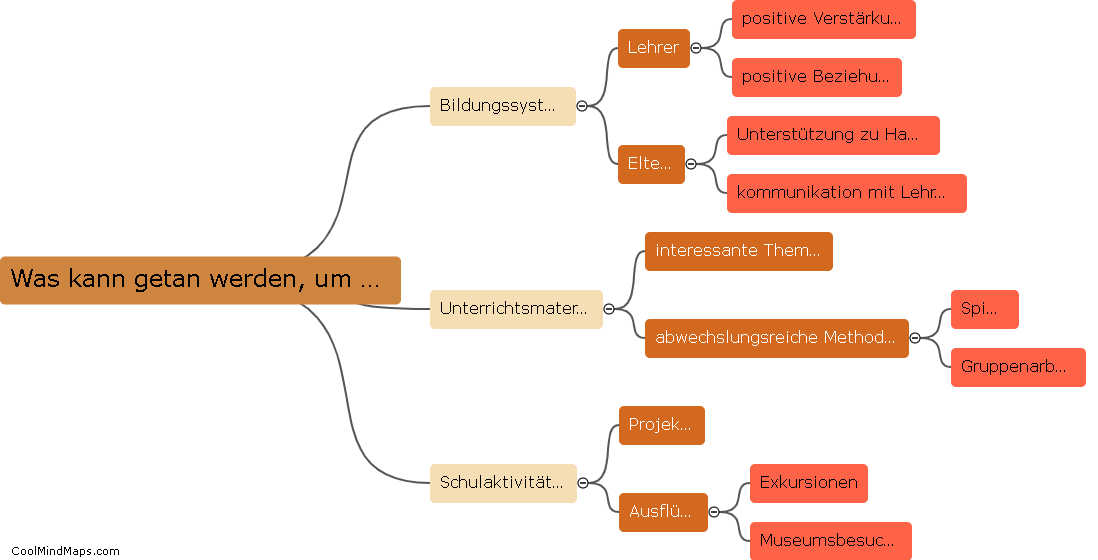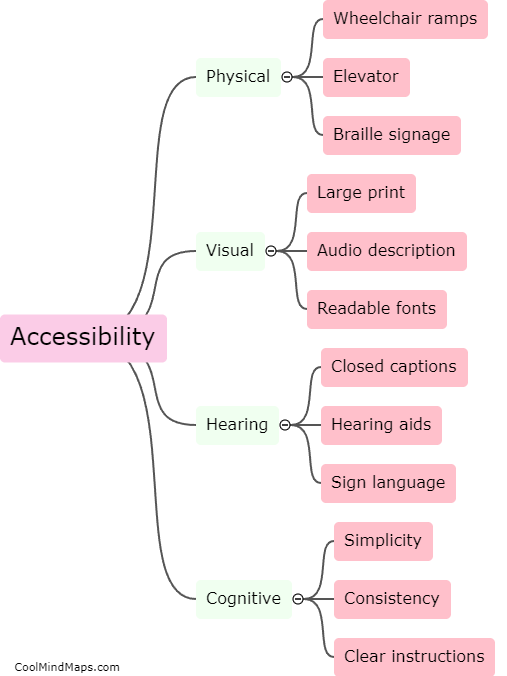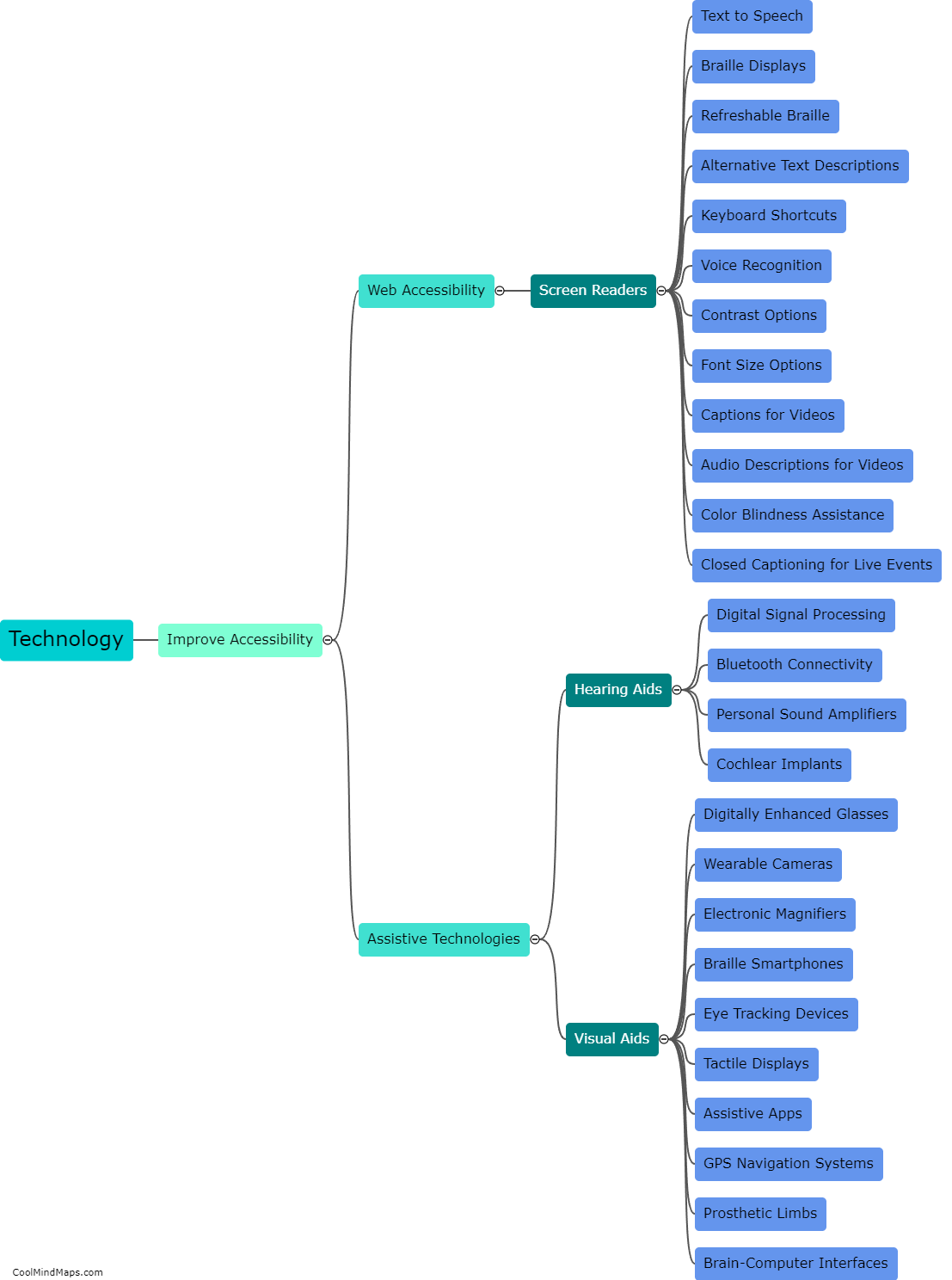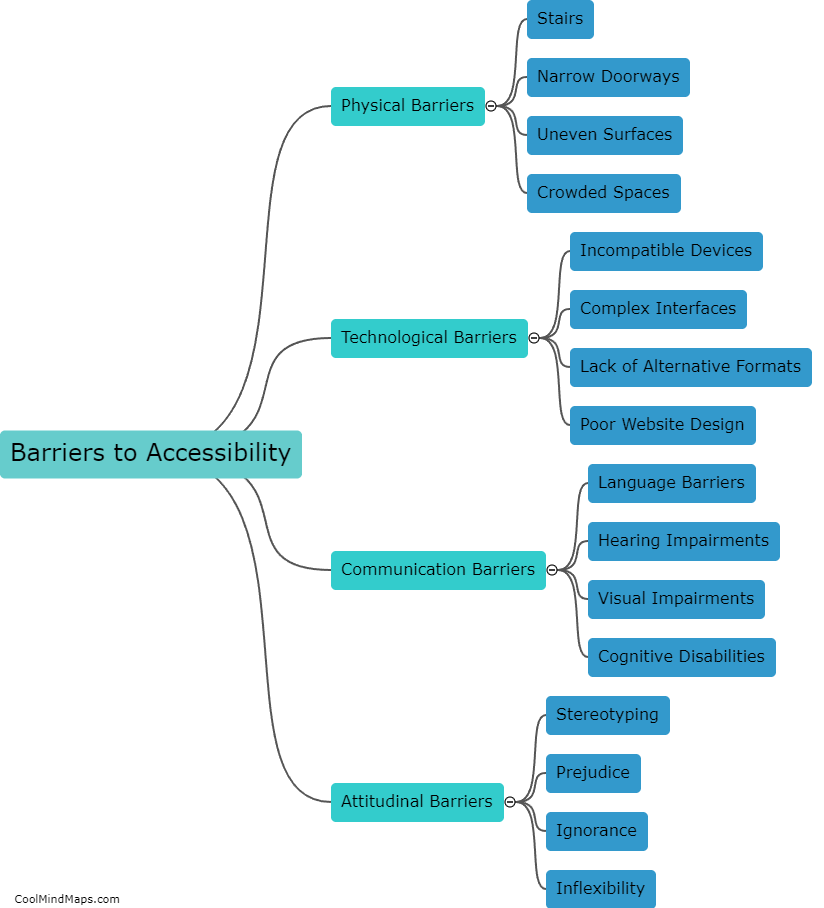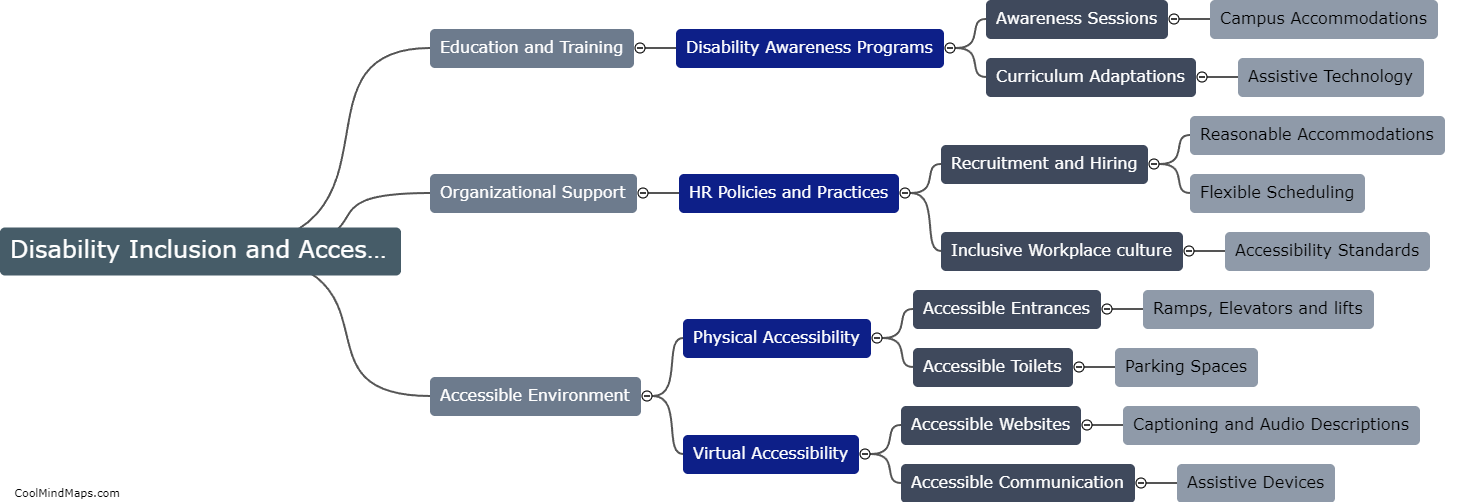How do different disabilities require different accommodations?
Different disabilities require different accommodations because each disability has unique impairments that affect an individual's ability to function in daily life. For example, individuals with visual impairments may require accommodations such as braille materials, screen readers, or magnifying devices to access written materials. On the other hand, individuals with mobility impairments may need accommodations like wheelchair ramps, accessible restrooms, or wider doorways to navigate their environment. Similarly, individuals with learning disabilities may require accommodations like extended time on tests, assistive technology, or note-taking support to participate fully in educational settings. Therefore, recognizing and providing appropriate accommodations for different disabilities is essential to ensure equal access and promote inclusion for all individuals.
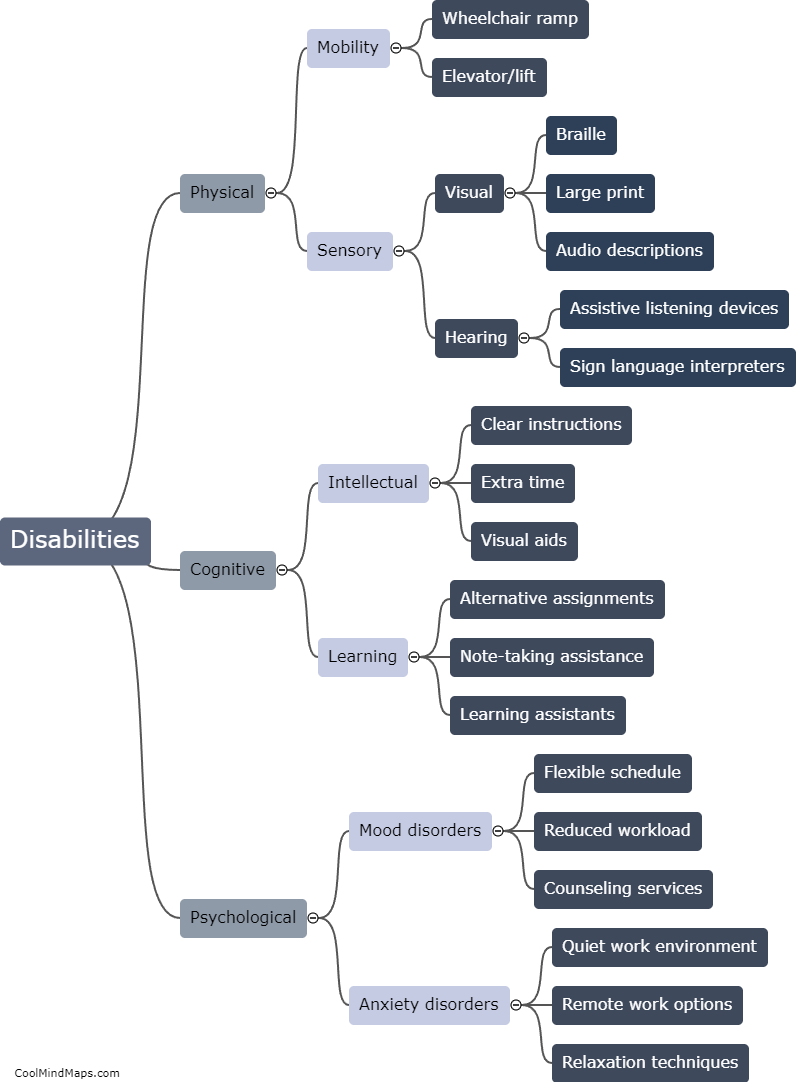
This mind map was published on 19 April 2023 and has been viewed 158 times.
